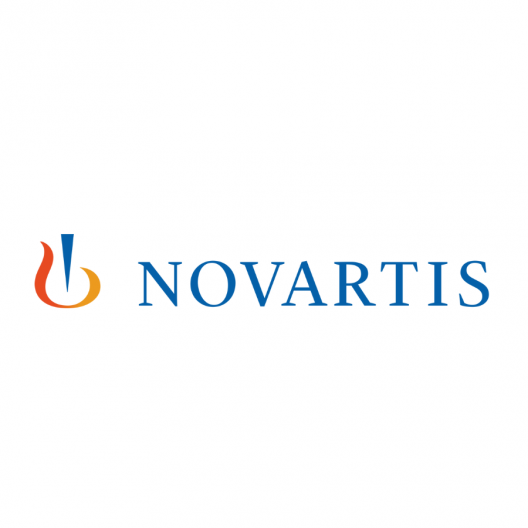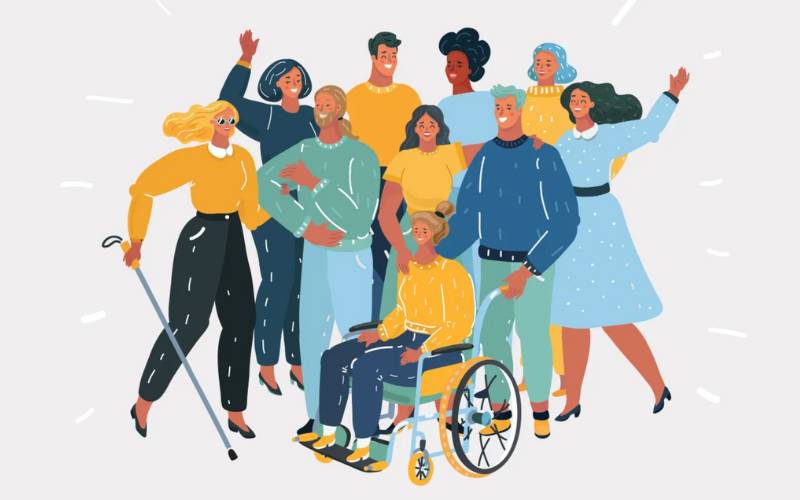
Embracing Disability Inclusion: Unleashing the Power of Allyship
Resources
"Being an ally to the disabled community is an often-overlooked aspect of diversity, equity, and inclusion (DEI). While we have made significant strides in addressing issues related to race, gender, and sexual orientation, it is crucial to recognize the importance of allyship towards people with disabilities. Perhaps it is the fear of saying the wrong thing or unintentionally causing offense that has hindered discussions around disability inclusion. However, we must break this silence and actively work towards fostering an inclusive environment that embraces the needs of all individuals."
Sofi Musleh, Global Head of DEI for Gender and LGBTQI+ at Novartis, spoke to myGwork about the top ways to be an effective ally to the disabled community.

Creating a workplace that supports the disabled community is not only a moral imperative but also a strategic move that can yield numerous benefits. By demonstrating allyship, we can enhance workplace culture, boost employee engagement, and improve the daily experiences of all our people.
To become an effective ally to the disabled community, there are several key actions we can take:
1. Educate Ourselves: Take the initiative to learn about different disabilities, their challenges, and the ways in which we can create a more inclusive environment. Seek out resources, attend training sessions, and engage in conversations to broaden our understanding.
2. Listen and Learn: Actively listen to the experiences and perspectives of disabled individuals. Avoid making assumptions and be open to learning from their unique insights. This will help us gain a deeper understanding of the barriers they face and the support they need.
3. Foster Open Dialogue: Create a safe space for open dialogue, where disabled individuals can share their thoughts, concerns, and suggestions. Encourage open communication and actively seek input from disabled employees to shape policies and initiatives.
4. Advocate for Accessibility: Champion accessibility in all aspects of the workplace. This includes physical accessibility, such as wheelchair ramps and accessible restrooms, as well as digital accessibility, by ensuring websites and software are compatible with assistive technologies.
5. Accommodations and Support: Make reasonable accommodations to ensure equal opportunities for disabled employees. This may involve providing assistive technology, flexible work arrangements, or modifying tasks to fit individual needs.
6. Promote Career Development: Provide equal opportunities for career growth and development for disabled individuals. Offer mentorship programs, training, and networking opportunities to help them thrive and advance within the organization.
7. Challenge Stereotypes: Actively challenge stereotypes and biases surrounding disability. Encourage a culture of respect, empathy, and inclusion by celebrating the strengths and contributions of disabled individuals.

By taking these steps, we can create an environment where disabled individuals feel valued, supported, and empowered to reach their full potential. Embracing disability inclusion not only enhances the lives of our people but also strengthens the whole of the workplace.
Let us break the silence, foster allyship, and build a world that truly embraces the needs of all individuals, including those with disabilities.

